Why are luxury fashion brands delving into high jewellery? Coco Chanel disrupted Parisian jewellers with Bijoux de Diamants in 1932 – now, Louis Vuitton, Prada and Dior are launching collections too
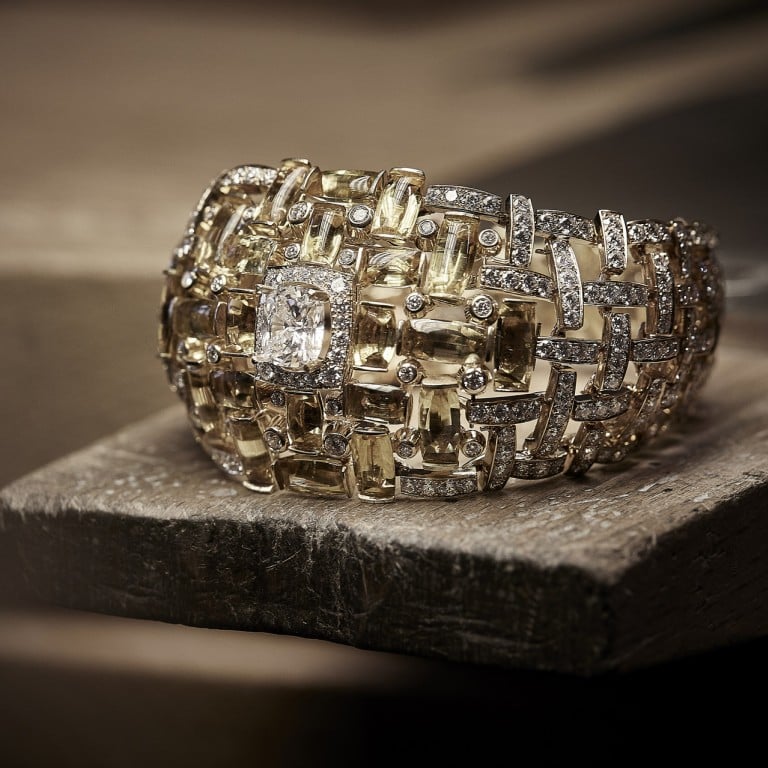

Indeed her imposition onto the terrain of the long-standing and noble jewellers of Place Vendôme inspired such ire that almost the entire collection was dismantled after viewings from the press and paying customers.
10 most popular luxury brands in the world, ranked – but which is No 1?
How things have changed
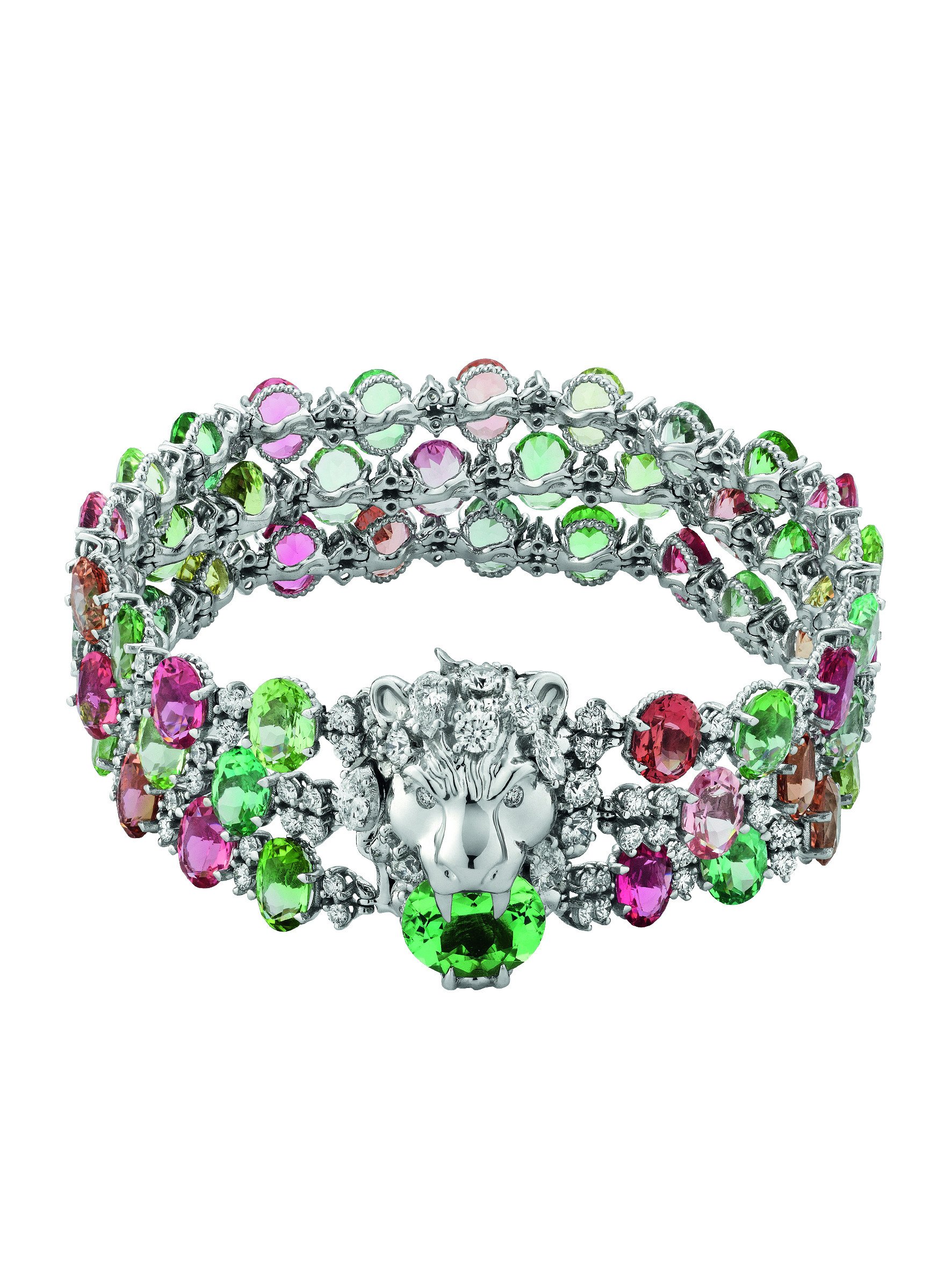
But 61 years later, Chanel returned to fine jewellery.
A smart move

There is certainly sound reason for fashion houses to expand into this category.
In the inaugural Business of Fashion and McKinsey watch and jewellery report, published in 2021, it was estimated that the branded jewellery category was expected to grow by eight to 12 per cent from 2019 to 2025. Today the fine jewellery market is worth around US$368 billion.
6 watch brands celebrating chronographs in 2023, from Rolex to Breitling
Adding appeal
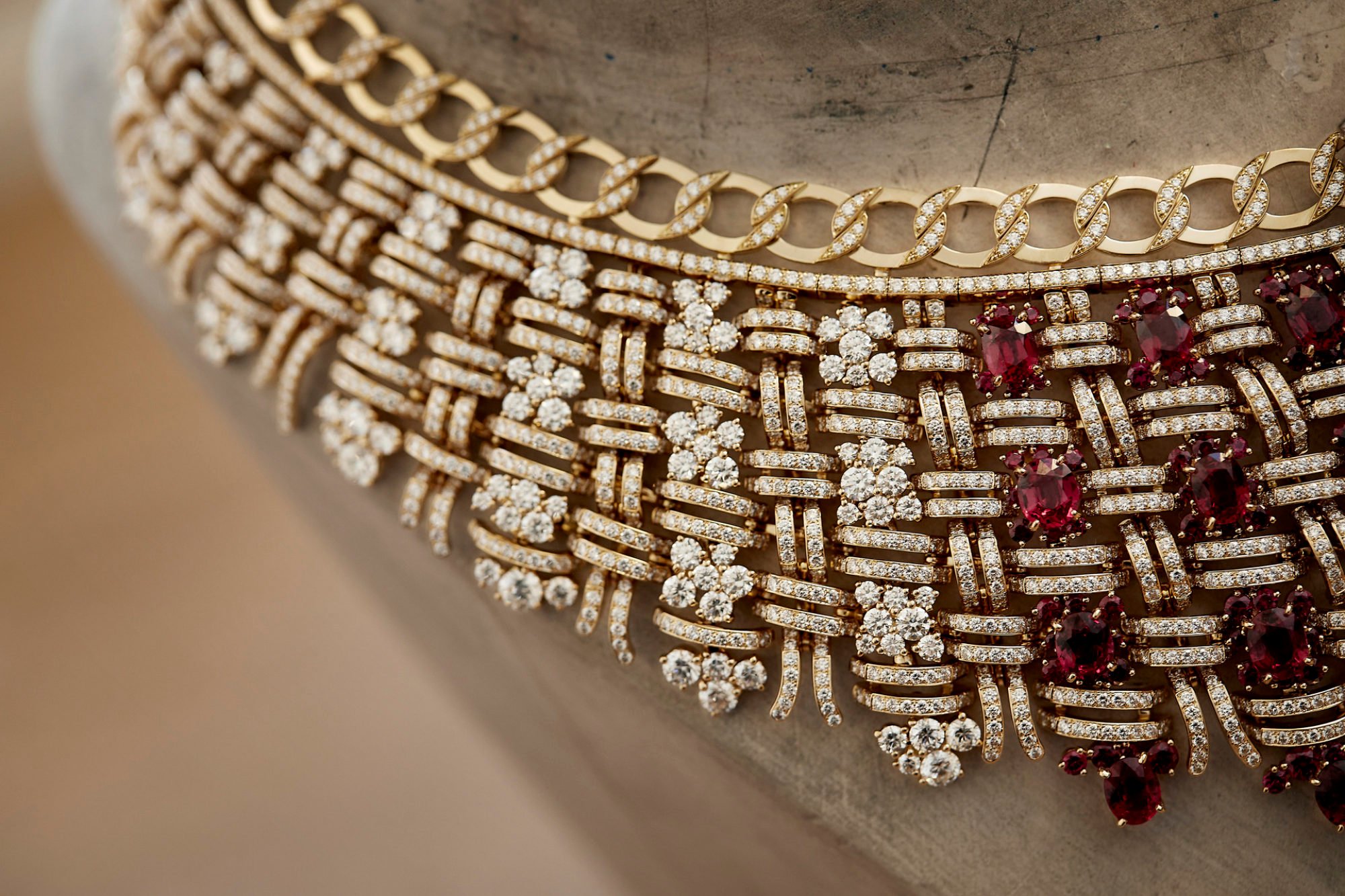
Luca Solca, senior research analyst, global luxury goods at private wealth management consultancy Bernstein, says it makes sense for luxury fashion houses to expand into fine and high jewellery: “I think Chanel is a best-in-class new entrant into high jewellery: they have done a great job establishing the brand in a relatively new category and at a high level. I think the appeal of high jewellery is that it adds cachet – it gentrifies, if you like – the brand.”
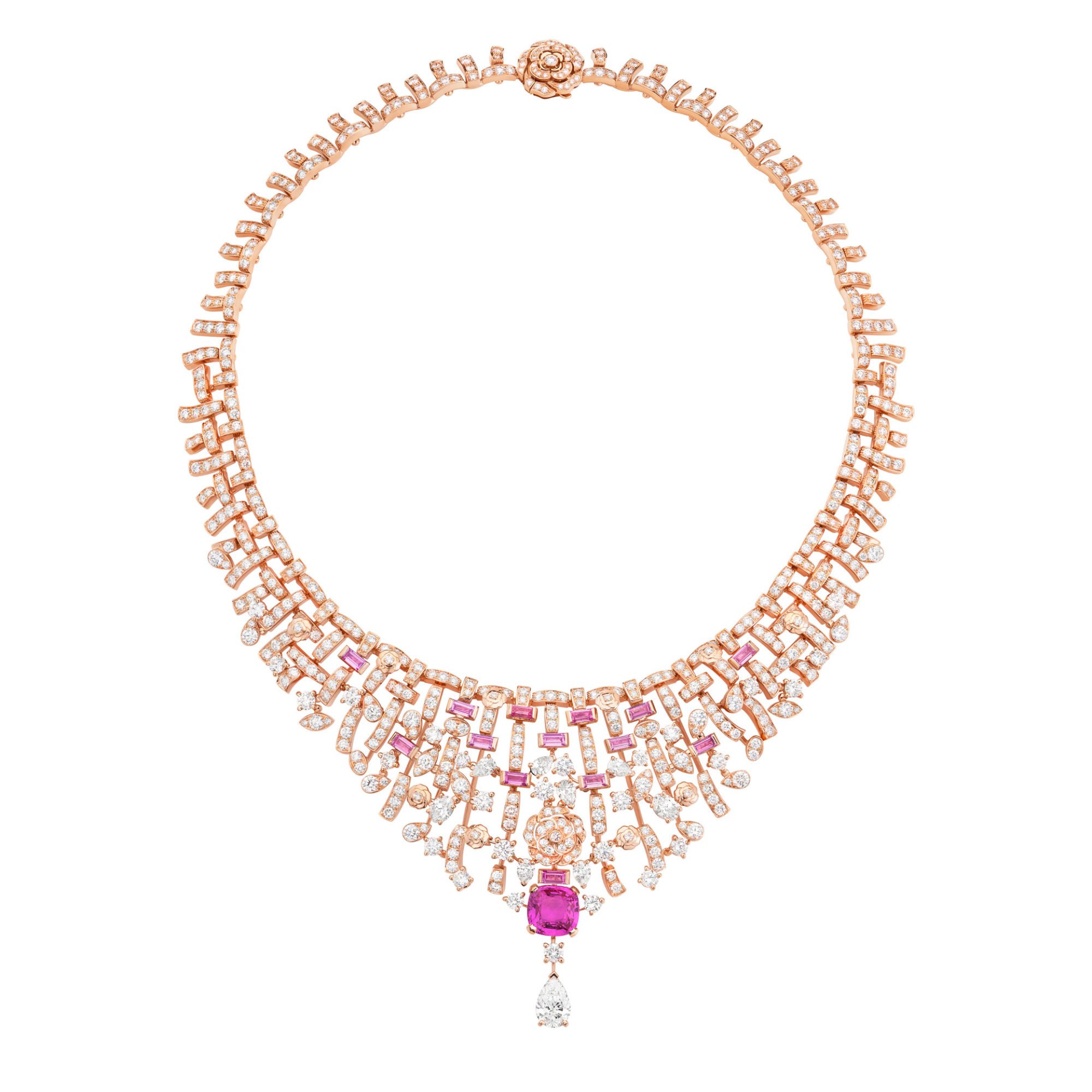
Solca adds, “This is a good balance for brands reaching down to a larger audience through beauty. It is an insurance policy against brand trivialisation. Another brand that did well, with a great store to complement its ambitions, is Louis Vuitton. Their Place Vendôme store is the perfect setting for their high jewellery foray.”
How to channel Dior’s India-inspired autumn 2023 collection
Lydia Tufnell, category manager for jewellery at luxury online retailer Farfetch says the transition into the pointy end of luxury like high jewellery, and in some cases, high watchmaking, is made easier for luxury fashion houses as they already have significant credibility, and clients are ready to buy in.
“Fashion brands introducing a fine jewellery collection is a natural extension of their business, similarly to how many of these fashion houses started off with ready-to-wear and expanded into footwear and eyewear,” she says. “It allows them to expand their product offering to their existing customers and also provides them with an opportunity to attract new, high-value customers.”
Existing credibility
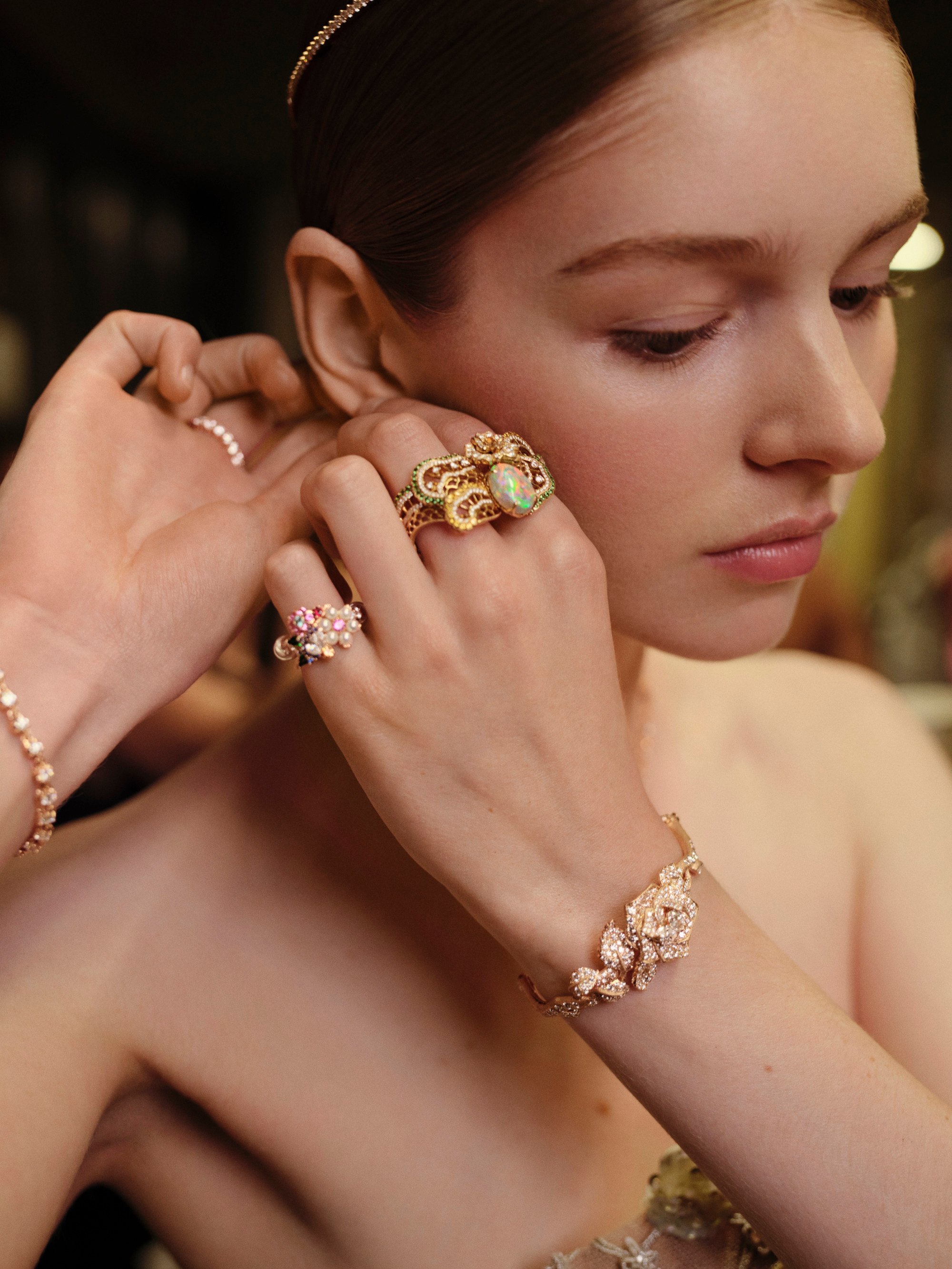
“Another benefit of an established fashion house launching fine jewellery is that they have already built up their credibility in the industry and have a loyal customer base – they understand who their customer is and what they are looking for. This level of authority helps with the transition into the fine jewellery world which can be a tricky industry to crack,” says Tufnell.
Which is not to say it’s all smooth sailing. As then-CEO of Louis Vuitton Michael Burke told the Financial Times, it took some time to convince the stone sellers and designers that they were serious about jewels.
Inside Pharrell’s epic debut for Louis Vuitton at Paris Fashion Week

“Stone sellers did not necessarily think we were a legitimate client. It was the same thing with designers – we had to convince [them] to come on board, even though we did not have clients yet and we did not have the stones. You have to go in a very humble way, and you have to learn, and learning means 10 years minimum,” he said of the maison’s early days in jewellery.
Now Louis Vuitton has patented its own diamond cuts and has bought some seriously impressive stones such as the 1,758-carat Sewelô and 549-carat Sethunya rough diamonds.
Using the maison’s heritage

She also says luxury fashion houses doing fine and high jewellery best are the ones that utilise a maison’s heritage, well-honed design aesthetic and values, but are not afraid to surprise: “Chanel is by far one of the most successful brands to have transitioned into fine jewellery. Their jewellery takes inspiration from the fashion house with collections boldly showcasing the iconic logo or occasionally giving a subtle nod to the house through unique design.”
How to rock flamboyant fashion inspired by Chanel’s dazzling Dakar show

“Other fashion houses who have cemented their place in the fine jewellery industry in recent years are Louis Vuitton and Dior, both opting to incorporate unique elements to their collections through diamond cuts and choice of stones,” she adds.

- Gabrielle ‘Coco’ Chanel created her only high jewellery collection Bijoux de Diamants in 1932 and rattled the long-standing jewellers of Place Vendôme – but the French label made a return in 1993
- Other luxury fashion brands like Louis Vuitton, Dior, Prada, Gucci, Fendi and Hermès are also expanding into fine jewellery, utilising their maison’s unique heritage, aesthetics and design codes